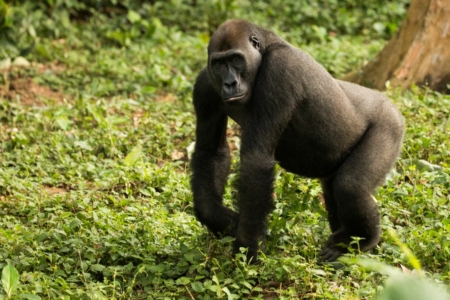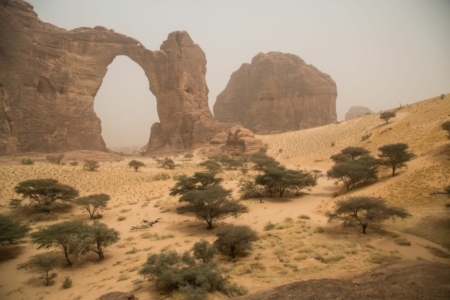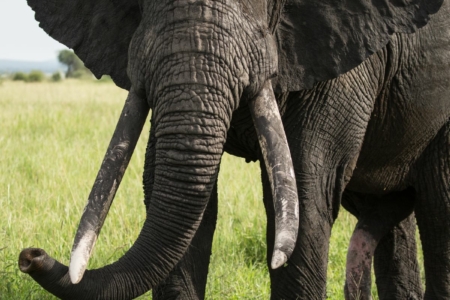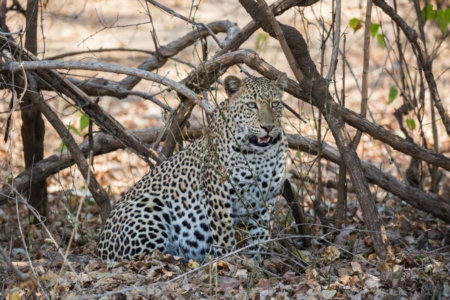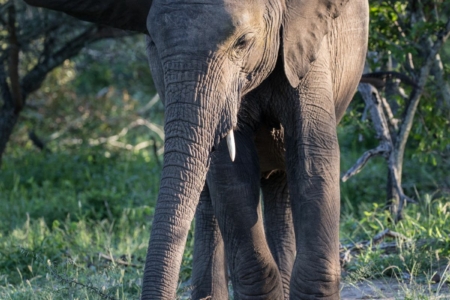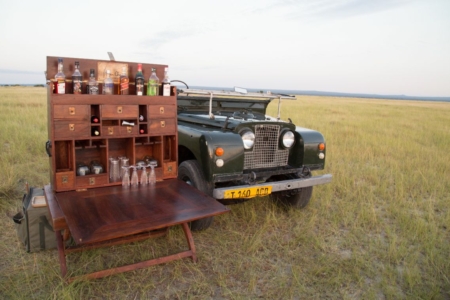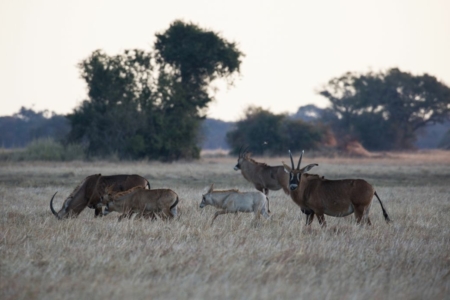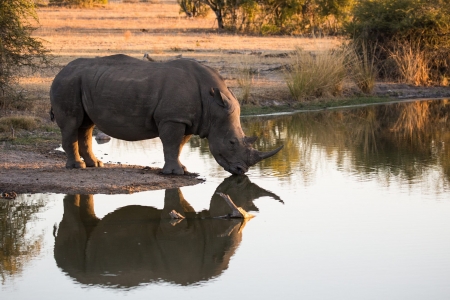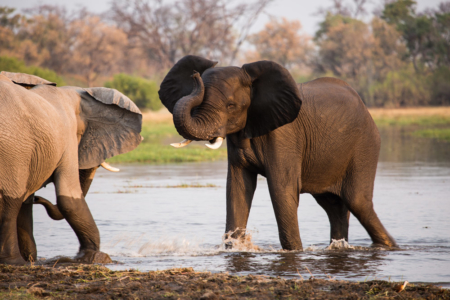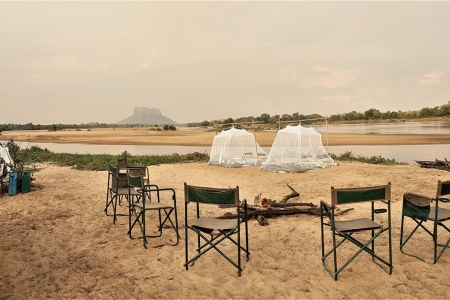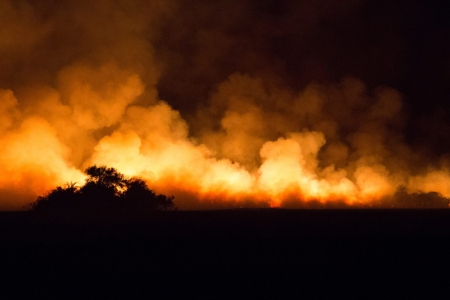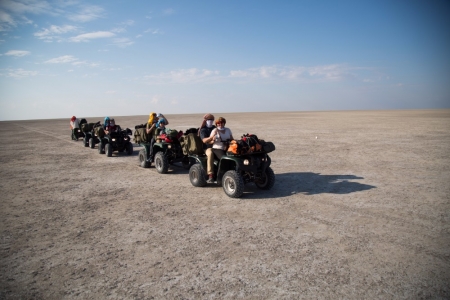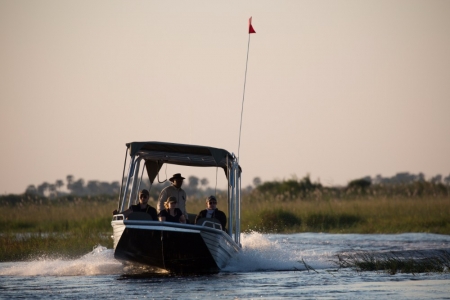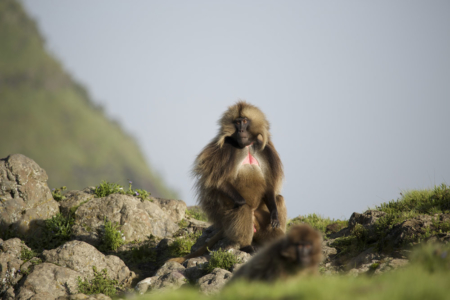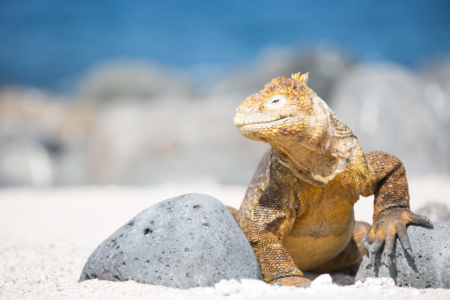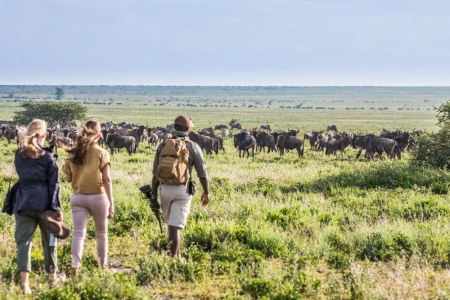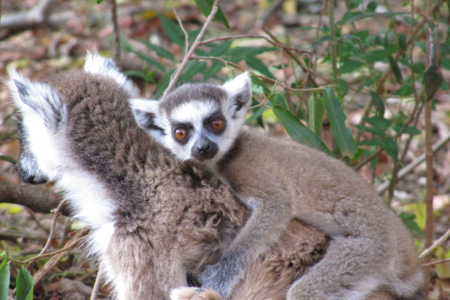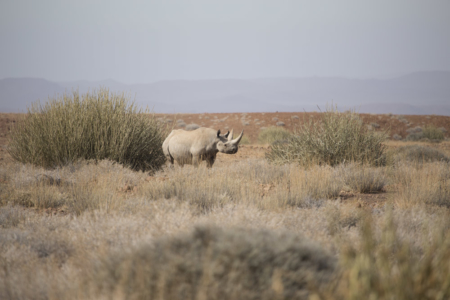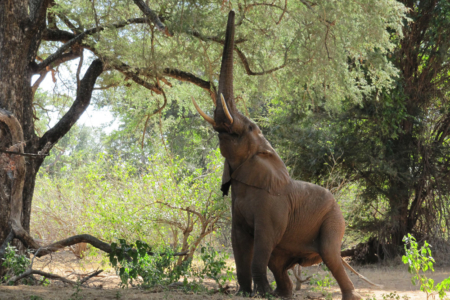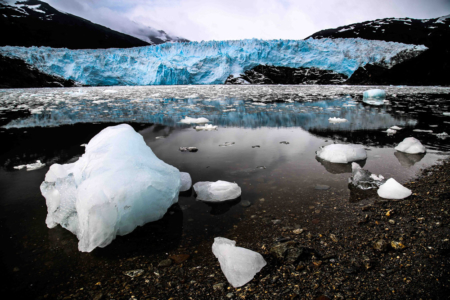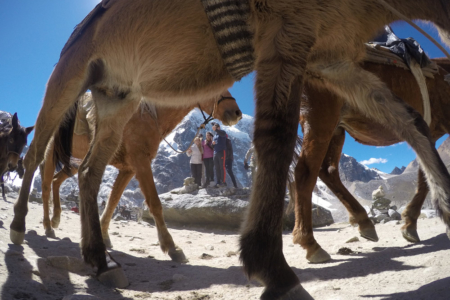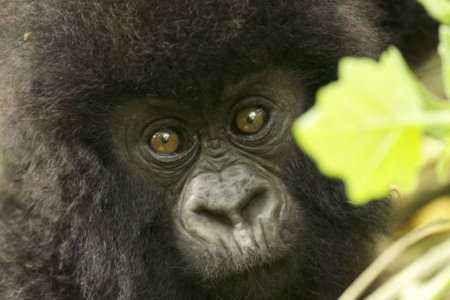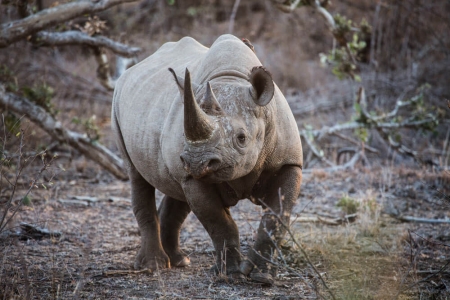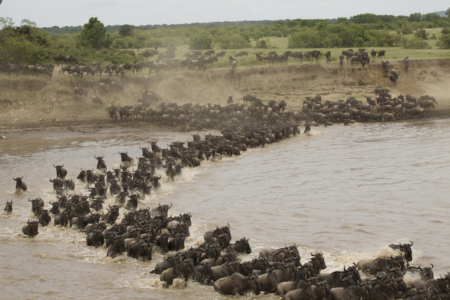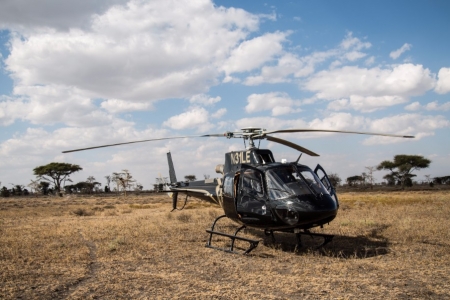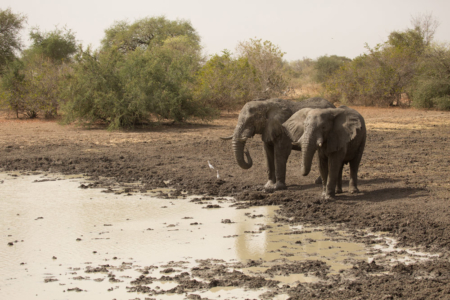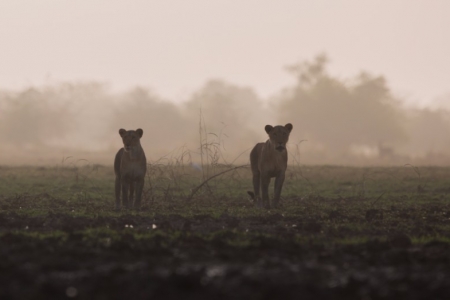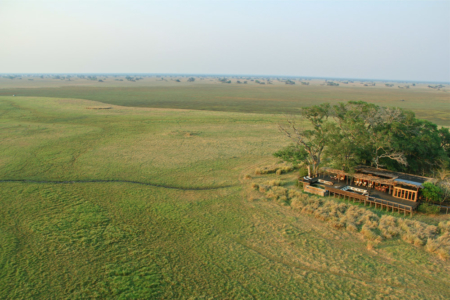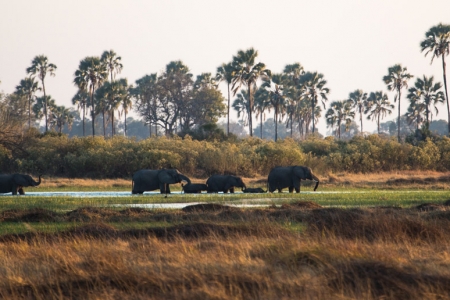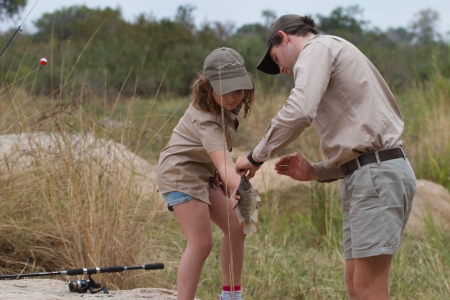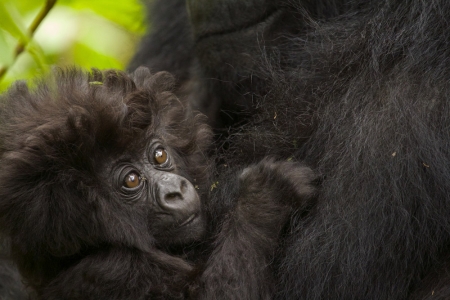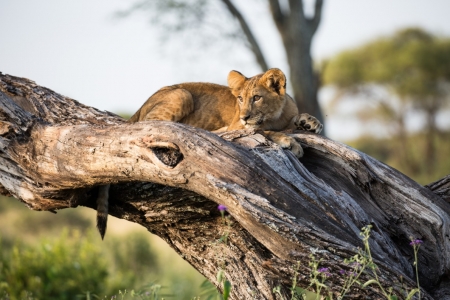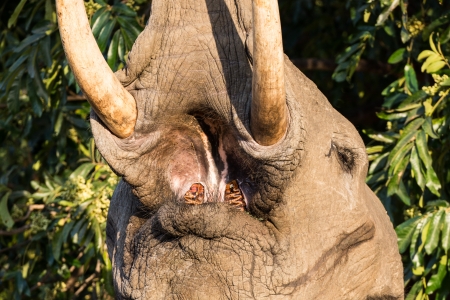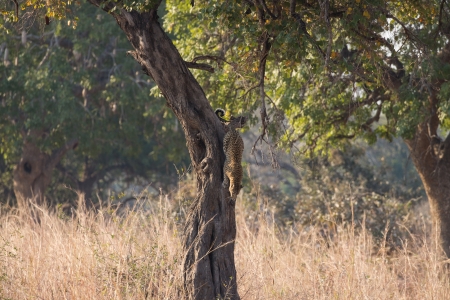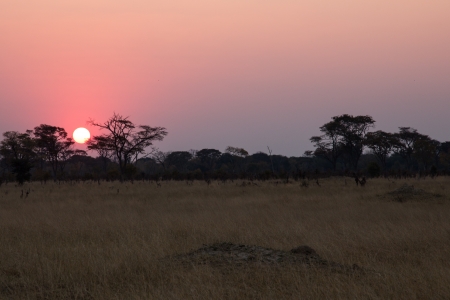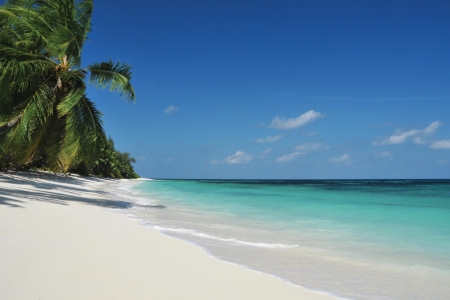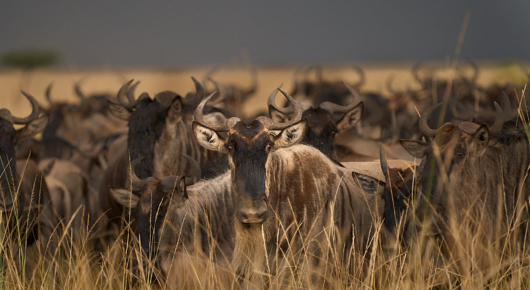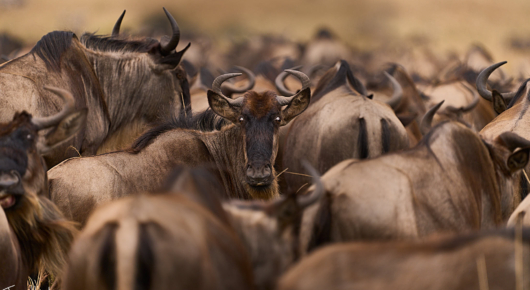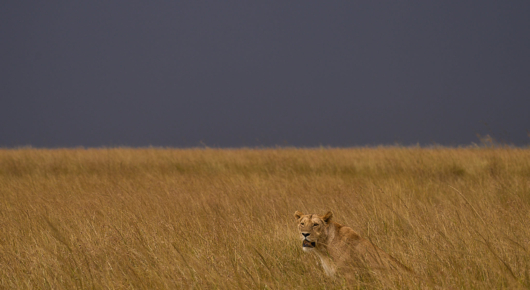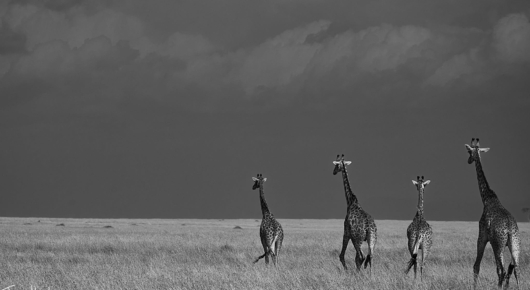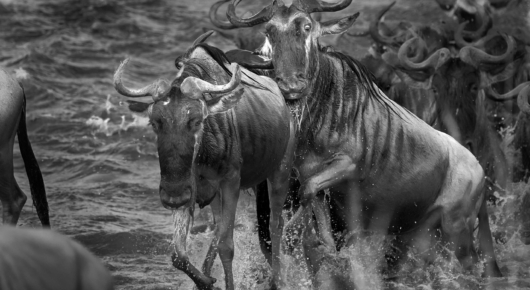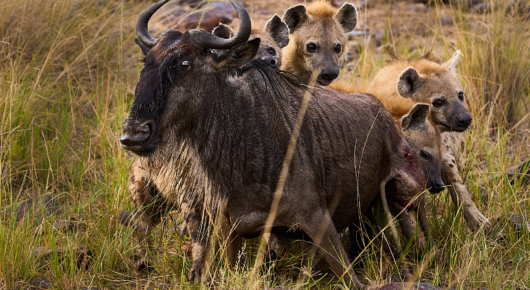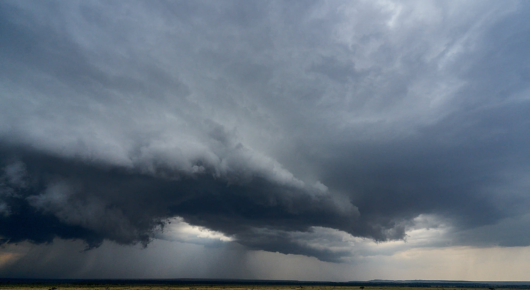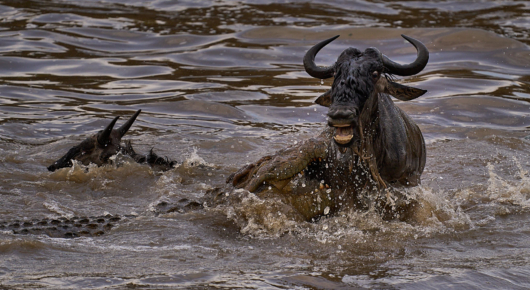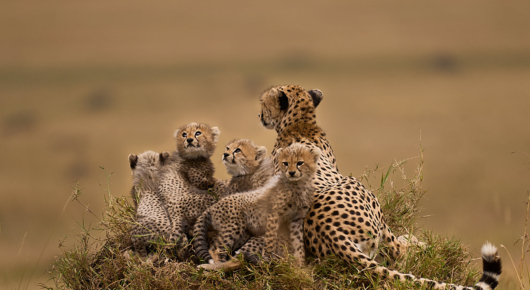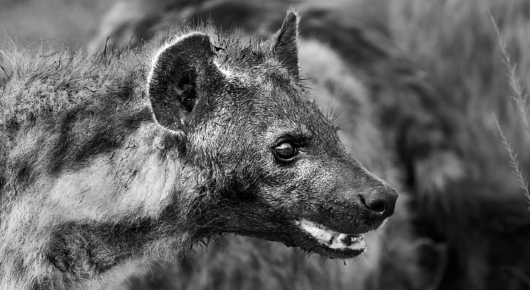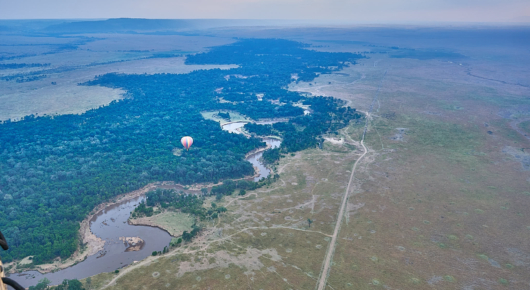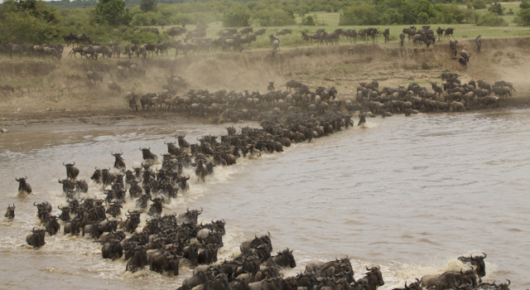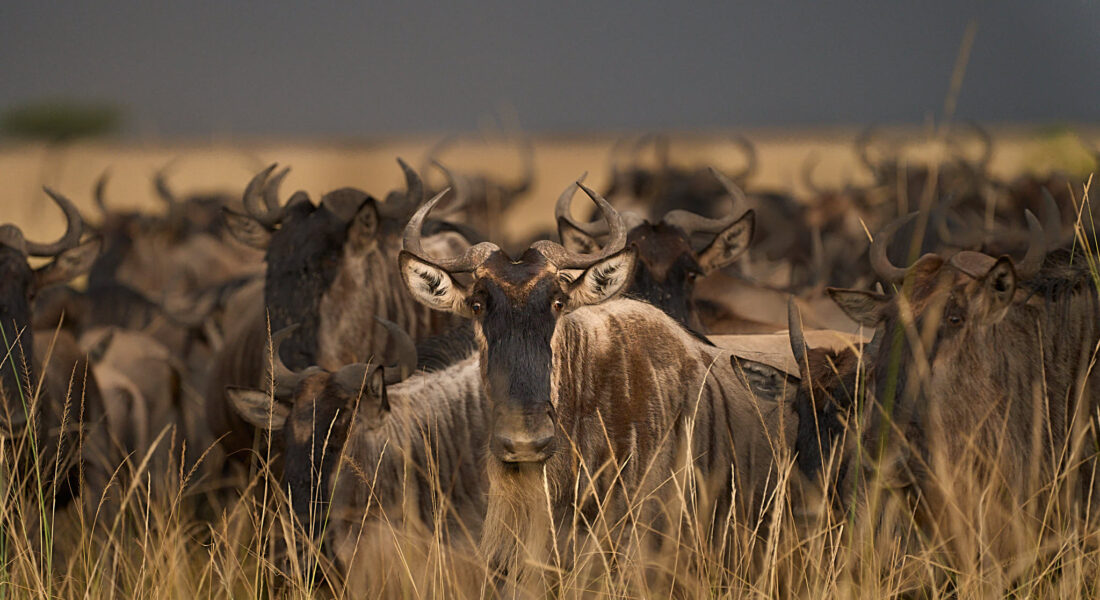
Kenya & The Great Migration
The Great Migration – anyone who has heard of safari has heard of the Great Wildebeest Migration of the Mara-Serengeti.
The most astounding natural spectacle on planet earth, at its most enthralling when the numberless wildebeest, zebra and Thomson’s gazelles reach the apogee of their great journey, in the Masai Mara of Kenya. Here, for a few months each year, the thundering herds repeatedly cross the gauntlet of the Mara River, infested with crocodiles, boiling with rapids, banks lined with hungry predators-lions, cheetahs, leopards and the world’s largest clans of spotted hyena. While these are the main actors, cameos from elephants, black rhino, buffalo, topi and more than 300 bird species, fight for attention against the iconic ‘Out of Africa’ backdrop formed by the rolling savannas and endless Mara skies. Oh, and I should also mention that Kenya basically invented safari and the Masai Mara is where they perfected it.
There are stunning lodges for every taste nestled in this ancient, stunning and inspirational landscape. In September 2021, my guests and I took a gap in the covid-mania to experience the Great Migration from two magical Mara locations – Little Governor’s Camp and Angama Mara.
We began by taking in the sights, sounds and smells (not always good) of Nairobi. We wandered around Karen Blixen’s home and explored parts of her estate, we interacted with the elephant orphans at the Daphne Sheldrick Trust’s orphanage-happily all of the elephants are destined to return to the wild. Giraffes licked us at Giraffe Manner. The food was excellent, the hospitality exceptional and the driving, well, the driving was, shall we say, exciting. (It began with our trip from the airport to our hotel where the driver, quite justifiably, flung a string of vicious invective at a fellow road user for not driving with due caution).On our third morning, we headed to Wilson airport for the short flight from Nairobi to the Masai Mara. It takes just over an hour depending on where you land and is infinitely preferable to the teeth-shattering, spine-crushing driving option. This is something you will probably only do once before dissolving into an amorphous heap of weeping blancmange on being asked to repeat it.
Flying into the Mara during the migration is jaw-dropping. Regiments of wildebeest crisscross the plains, a thick line of green forest on the banks of the Mara River snakes southeast towards the Serengeti, and elephants lazily feed in the thickets. The feeling I get is one of impatience to be on the ground and amongst it, all, soaking in the profound biological celebration-it feels a little bit like arriving late for the world’s best party. Our safari proper began on being picked up at the Governer’s Camp airstrip. Once we’d cleared the spade loads of dust from our eyes and mouths, received courtesy of our departing plane, we beheld elephants, lions, zebras and topis before even arriving at the camp.
To settle into camp, we had first to cross the Mara River. Mercifully, this did not require us to swim the gauntlet like a wildebeest in search of greener pastures, crocodiles snapping at our heels. Rather, Governor’s operate a charming little point from one side of the river to the other. In no time at all, we were quaffing bitterly cold Tusker lager and crisp Chenin blanc while overlooking the marsh in front of camp where warthogs wallowed, elephants fed in the reeds and a gormless crocodile tried, unsuccessfully, to eat a large tortoise. The comfortable tents all look out over the marsh, as did the dining area where our meals were interrupted by tiny warthog piglets and two young elephant bulls who fancied a Tusker and chicken salad rather than the marsh fare.
